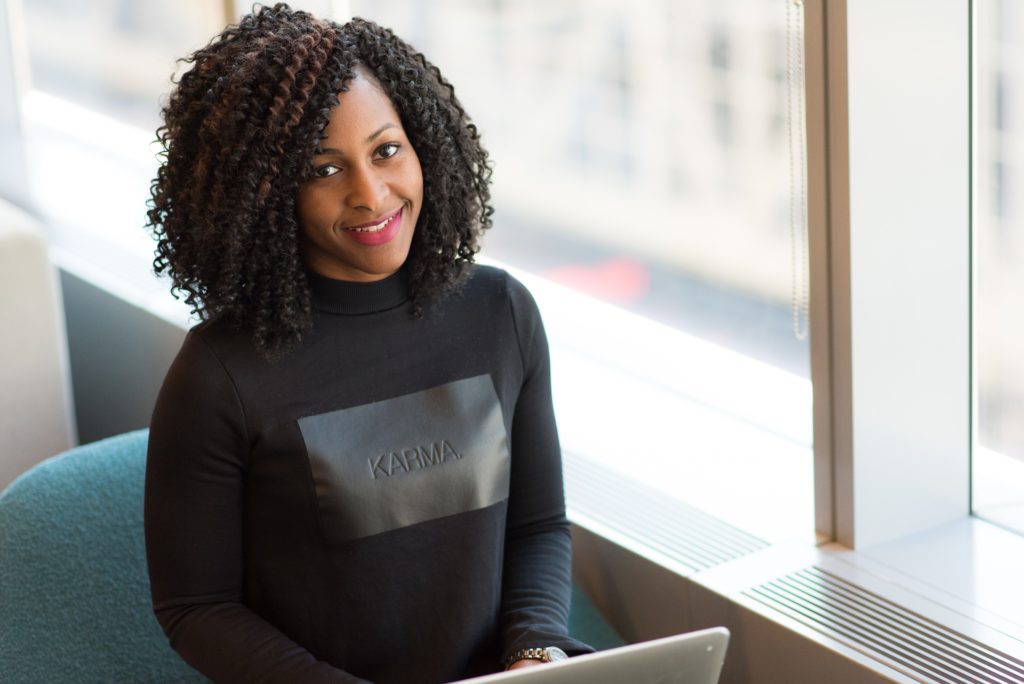These freelancers could be out of pocket the most
- Millions will feel the pinch, but which freelancers could be squeezed the most and why?
- Plus, what are the quickest ways to cut costs?
In April, 91% of people said the cost of living had increased – up from 62% in November. Freelancers, especially those aged 50 to 69 could be feeling the pinch the most, ONS research has found.
Older people are feeling price rises more keenly: 94% of those aged 50-69 said the cost of living was rising. This may be because this group includes a number of retirees, who have to spend a larger proportion of their income on the essentials, so they’ve been hit harder by the eye-watering hike in the energy price cap, according to Sarah Coles, senior personal finance analyst, Hargreaves Lansdown.
“Nine in ten people are feeling the pinch from rising prices, but pressure isn’t being applied evenly, and some groups are being squeezed until the pips squeak. OIder people, the squeezed middle and women are showing signs of real strain,” said Coles.

According to ONS, women are more likely to say they have had to employ almost every cost-cutting measure. Female freelancers often earn less on average than men, so more of them are hit harder by price rises, and need to take increasingly extreme steps to keep costs down. Single mothers and part-time female carers will be among the most stretched as they have to provide for dependents while working restricted hours to fit around school and mealtimes.
A third of people (33%) are spending less on essentials, but this rises to 38% among women. Meanwhile, more than a third of all people also say they are coping with rising food prices by buying less of it.
Which age group is having to take extreme cost-cutting measures?
The squeezed middle, aged 30-49, is also likely to be taking more extreme measures to cut costs, according to Coles. They’re also more likely to say they’re finding it difficult to pay the bills, and they’re more at risk of going into debt.
The survey asked people if they were borrowing more than a year earlier, and while this has remained around just under a fifth since November. within the squeezed middle, this rises to almost one in four (24%).
This group has more demands on their income, and often have more mouths to feed. Rising prices have hit them hard, and for those whose financial resilience has been destroyed by the pandemic, it has left many with nowhere to go but deeper into the red.
Borrowing your way through this feels like a solution at the moment, but if you aren’t cutting your costs, you’re just storing up a bigger problem for later, when you have debts to deal with on top of your impossible expenses.
Sarah Coles, senior personal finance analyst, Hargreaves Lansdown
What about freelancers aged 30 and under?
Freelancers aged 16 to 29 may have been more sheltered from rising costs for those still able to live with their parents and not having the financial burdens of running a household.
However, it’s this group who are most likely to say they have spent their savings to make ends meet. And while it’s a great sign of the protection that savings can give you, it’s essential to address rising costs at the same time.
“Otherwise you’ll find yourself a few months down the line with the same spending problems and nothing to fall back on,” says Coles.
What are the quickest ways to cut costs?
- The most common price rise mentioned is food (92%), followed by energy bills (86%) and fuel (80%).
- 86% of people say their energy bills have risen, and while only 3% are behind on payments, one in three people say it’s somewhat difficult to pay the bills. This peaks among the squeezed middle. Meanwhile, 7% say it’s very difficult, which rises to 8% among women.
- The number of people who think they won’t be able to save any money in the next 12 months has risen from 34% in November to 42%.
- 26% say they couldn’t afford to pay a £850 bill out of the blue.
The most common ways people cut costs are spending less on non-essentials (59%), cutting the use of gas and electricity at home (54%), cutting back on non-essential car journeys (44%), shopping around (34%), and spending less on essentials (33%).
Two in five (39%) are buying less food and 44% are spending more to get the same.
24% of people are spending their savings and 42% don’t think they’ll be able to save anything in the coming year.
Articles you may have missed:
Money-saving tips for freelancers
What do you do if you get a SEISS reassessment letter?
IR35 litigation against freelancers set to change
Take a cue from Nextdoor: build a hyperlocal freelance business to revolutionise your revenues
What is open innovation and how can freelancers use it to build their business?
Contractors may have to join forces to build back UK freelancer economy


